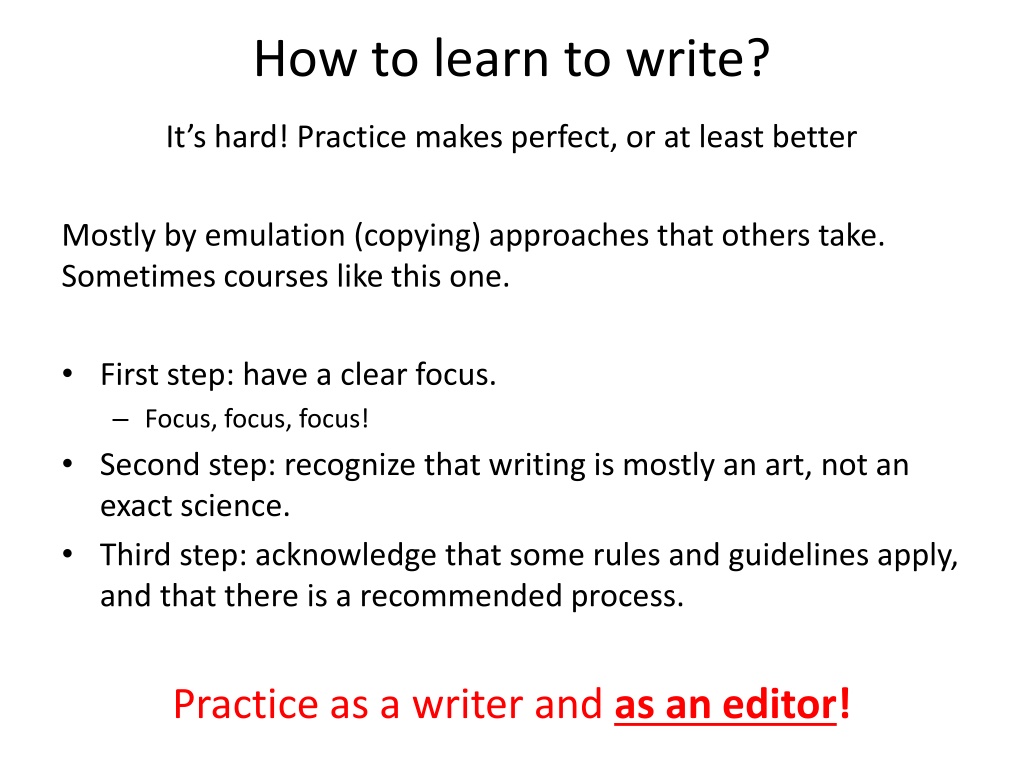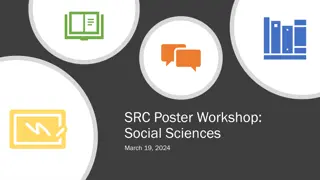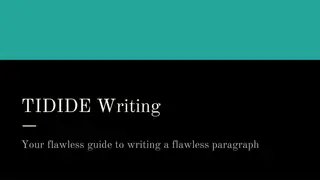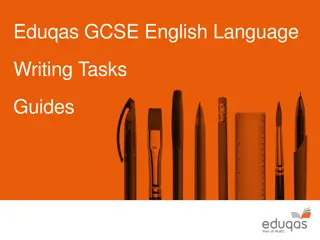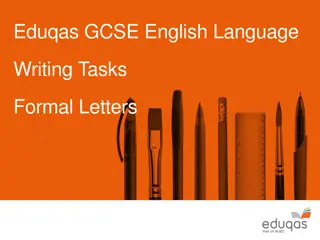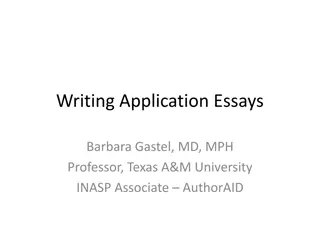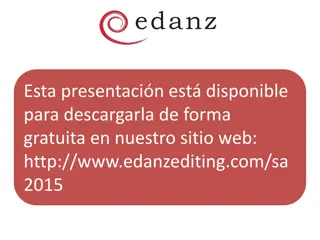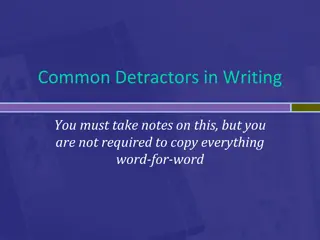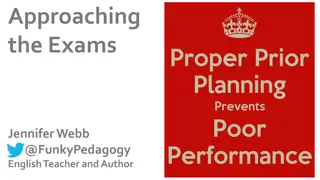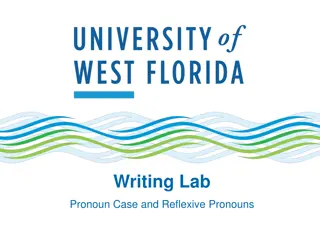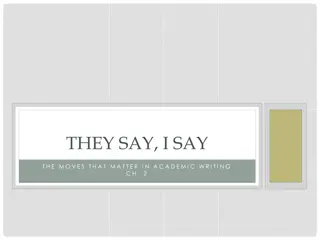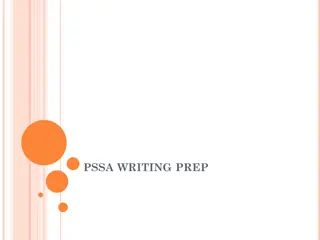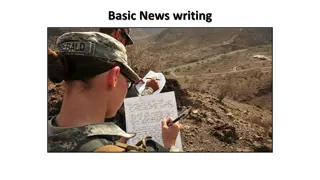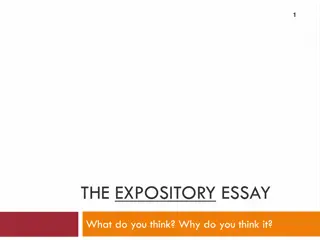Mastering the Art of Writing: Tips and Strategies for Success
Learning to write effectively involves practice, emulation of others, and a clear focus. Understand that writing is an art and follow recommended processes. Focus on logic, grammar, and storytelling while editing critically. Improve your scientific writing by simplifying language and structuring your content logically. Begin with considering your audience, purpose, and topic. Utilize available research resources and references to enhance your writing skills.
Download Presentation

Please find below an Image/Link to download the presentation.
The content on the website is provided AS IS for your information and personal use only. It may not be sold, licensed, or shared on other websites without obtaining consent from the author. Download presentation by click this link. If you encounter any issues during the download, it is possible that the publisher has removed the file from their server.
E N D
Presentation Transcript
How to learn to write? It s hard! Practice makes perfect, or at least better Mostly by emulation (copying) approaches that others take. Sometimes courses like this one. First step: have a clear focus. Focus, focus, focus! Second step: recognize that writing is mostly an art, not an exact science. Third step: acknowledge that some rules and guidelines apply, and that there is a recommended process. Practice as a writer and as an editor!
Problems with Scientific Writing Most frequent problems: dense boring obscure arrogant difficult to read often grammatically sloppy logic is unclear (maybe even to the author!) Goal: communicate by describing as simply as possible your methods and results
General rules There are no rules. I will teach you some things that others will disagree with. Example: avoid almost all acronyms! (My rule, your advisor may differ; that s ok) Exceptions: Telescopes/instruments, ISM, AGN, FRB Logical flow is most important We will also cover grammar, but focus is on logic Approach: outlining This approach differs from my own methods I often outline in plot form. Plots tell the story, text explains the plots EDITING: critical to good writing When first writing, throw up on the page Don t try to become a good writer, try to become a good editor. Tell a story of discovery (but not in chronological order)
Logic: funnel flow structure Inverse pyramid: start big and get smaller This applies both to the structure of a section and to each paragraph in the structure DO NOT: build up to a surprising conclusion! This is not Avengers; conclusions come first
Beginning Considerations Need something to write about! Topic and details Expression of content in a single sentence thesis sentence We will come back to this sentence later, for proposals elevator speech Specific audience and specific purpose Format, genre/style, and length ( instructions to authors ) Think about the who / what / when / where / why Take the reader s perspective
Beginning Considerations Need to know your topic. In fact, own it. This is not the goal of this class. I cannot help you generate your science, but I can help you communicate it. It *is* the goal of your PhD. Collect and study your references and new material Research Resources: ads: Astronomy and Astrophysics research literature Look at highly cited (recent) papers, review papers if you are unfamiliar with an area Daily astro-ph in your own field Wikipedia and google searches
Good Advice Begin from the end, not the beginning. Tell the story in plots, then explain the plots It is important to know: your needs as an author what are you trying to say? any requirements for the end-product the capabilities and needs of the end-user. Ask yourself what you would like to see in your paper who will be reading it what format is required Then follow the steps of an academic writing framework.
Generic outline of a research paper Title: orients reader Abstract: tells reader what happens Introduction: prepares reader with context/importance Observations/methods: Results: dig into details Analysis: apply results Discussion: Connect analysis back to introduction; why are your results important? Conclusion: Summarize your results What are the most important results Repeat important limitations and caveats
Generic outline of a research paper Title Exact Clear and complete, but succinct Strong and noticeable or boring Abstract Optional: one sentence intro Key information expressed concisely Enticing and inspirational Descriptive The title and abstract are the two elements that will attract readers to your work!
Generic outline of a research paper Introduction: context for your research Motivation and importance of problem (the why? ) Background, history, context, previous literature (the theory) Current state and unknown/s (the questions) What and how of current contribution (the hypothesis) Approach, scope and limitations (the objective) Layout of presentation (the roadmap) Note: does not actually begin the argument The introduction prepares the reader and generally follows a cohesive funnel flow or inverse pyramid structure.
Generic outline of a research paper Middle Observations, simulation setup, equations Data reduction or equation development Analysis techniques and figures/narrative, in digestible portions All of above in enough detail for a trained scientist to repeat work Findings (results) and interpretation Discussion of and implications of results; compare to others End Summary, conclusions, future work (nothing new) Acknowledgments References
Second assignment: Introductions Reverse outline the introduction from the good paper Sentence by sentence Start your own outline If already have an outline, reverse outline what you already have
